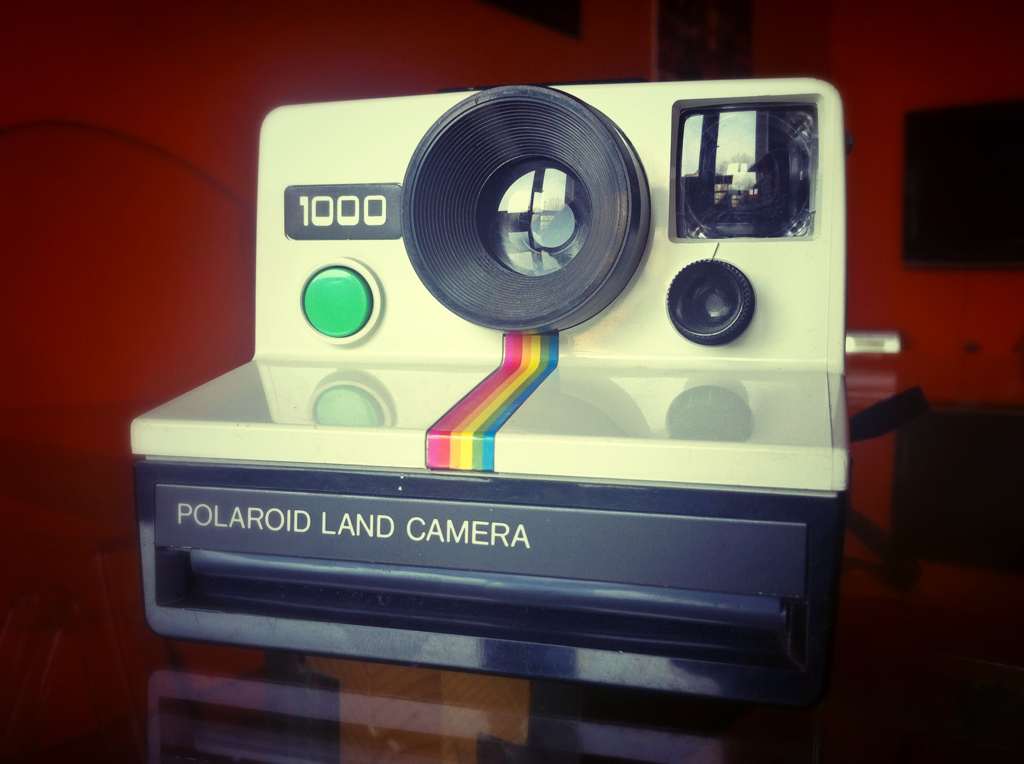When I hear the name Polaroid, a flood of antique camera models from my childhood come to mind. I loved watching my relatives take pictures with those little black boxes, and seeing the result emerge slowly from a blank canvas – it was as if they’d performed a magic trick right before my eyes.

With the decadence of film and the advent of digital compact cameras, the Polaroid system soon became a rarity and disappeared, only surviving thanks to its now vintage/old fashioned icon (see the Histagram App logo and read my article about the theme here).
However, today, after much rumour and speculation, we know for certain that Polaroid is about to release its first mirrorless camera, and there are actually two models to choose from.
The Polaroid iM1836 will run a Android 4.1 Jelly Bean operative system, the well-known Google OS for smartphone, while the iM1030 will run a standard camera operative system, which is less complex than Android.
The iM1836 will be fully compatible with Android apps, which means that you can upload pictures directly to social networks (the camera will have Wi-fi and Bluetooth capabilities). But Android isn’t the only surprise: the body itself doesn’t incorporate a sensor. Rather, the lenses will include it! We are thus talking about a 1 inch sensor incorporated into the original Polaroid lenses made for the camera (starting with the 10-30mm kit). 1 inch isn’t a big sensor – it is smaller than micro four thirds sensors and close to the Nikon 1 CX sensor.
Polaroid champions a philosophy close to that of the Ricoh GXR, where you don’t change solely the lens, but the glass and the sensor as well. Apparently, one of the main reasons for this choice is that, by incorporating the sensor into the lens, you don’t have to worry about dust getting inside the camera and on the sensor while changing lenses. It makes sense, even if personally, I’m used to changing lenses all the time on my cameras and have never had a problem. You have to be careful, that’s all.
The cameras will be able to mount other lenses with adapters. A micro four third is rumoured, as well as a Nikon F and Pentax K version. The question is: what about the sensor? If the camera doesn’t have one, the adapters will surely be built with a sensor inside. An interesting development, as we could have different sensor sizes according to the mount.
There aren’t many technical specs for now, apart from the resolution: 18 megapixels and that it will shoot video in full HD.
We also know that the camera is made by the American company Sakar and borrows the Polaroid name. The design also bears an uncanny resemblance to the Nikon J1.
Finally, the price will be close to 400$, which seems more than reasonable for its capabilities.
Will it be a success? It is too early to say. We will have to see if image quality and general performance can live up to that of its competitors. The Android OS could add several unique features which would give Polaroid an advantage. We just have to wait and see!
In the meantime, you can see a hands-on video by The Verge.
Source: 43rumors, petapixel, dvice.
Polaroid site.
